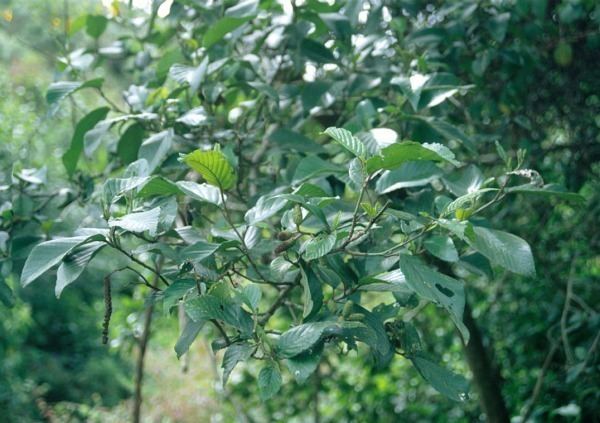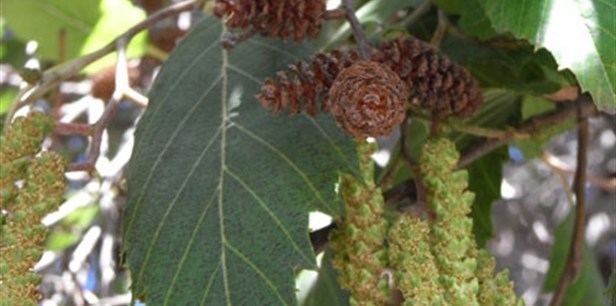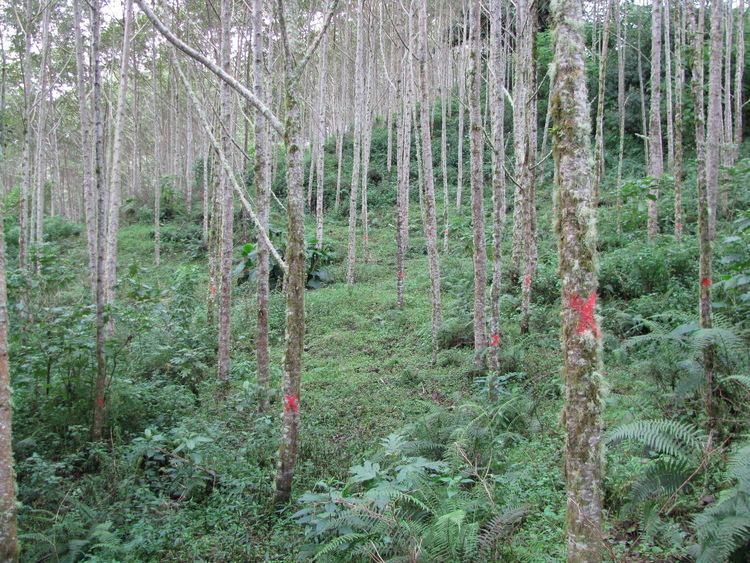Scientific name Alnus acuminata Rank Species | Genus Alnus Higher classification Alder | |
 | ||
Similar Alnus jorullensis, Cedrela montana, Juglans neotropica | ||
Young bird feeding on seeds of alder alnus acuminata the internet bird collection
Alnus acuminata is a species of deciduous tree in the Betulaceae family. It is found in montane forests from central Mexico to Argentina.
Contents
- Young bird feeding on seeds of alder alnus acuminata the internet bird collection
- Description
- Distribution and habitat
- Timber
- References

Description
Alnus acuminata grows up to 25 metres (80 ft) tall with a straight trunk up to 150 centimetres (60 in) thick. The bark has many yellowish lenticels. The leaves are simple, oval with toothed margins. The inflorescences are catkins, separate male and female flowers on the same tree. The male flowers are up to 12 cm (5 in) long and pendulous, while the smaller female flowers are green, erect and resemble a small cone. After wind fertilisation, the female flowers develop into 2 cm (0.8 in) long dehiscent, woody brown fruits. There are 80 to 100 winged seeds per fruit, and these are liberated when ripe, leaving the dried out fruit husks on the tree.

There are three subspecies: Alnus acuminata subsp. acuminata occurs from Colombia and Venezuela south to northern Argentina; Alnus acuminata subsp. arguta (Schltdl.) Furlow occurs from northwestern Mexico south to Panama; and Alnus acuminata subsp. glabrata (Fernald) Furlow occurs in central and southern Mexico.
Distribution and habitat

Alnus acuminata grows at altitudes between 1,500 and 3,200 metres (4,900 and 10,500 ft) in the mountain ranges in tropical Central and South America from Mexico to northern Argentina. It mostly grows on areas with 1000–3000 mm of rainfall, on slopes and valleys. It tolerates poor soils and acid conditions, but prefers silt or sandy silt soils. It is a fast-growing tree, a pioneer species used for watershed protection and can be used for soil improvement because it has root nodules that fix nitrogen.
Timber
The timber is light to mid reddish-brown and fine grained. It is used for building bridges and pilings, for making coffins, boxes, crates, furniture and plywood. It also makes a good firewood that burns steadily.
